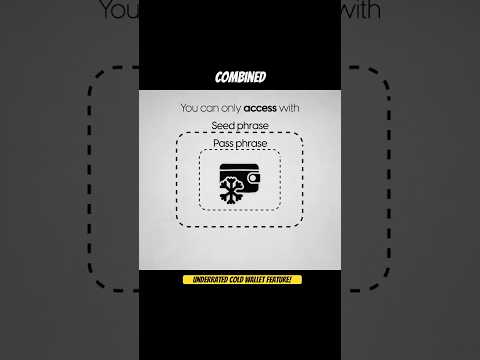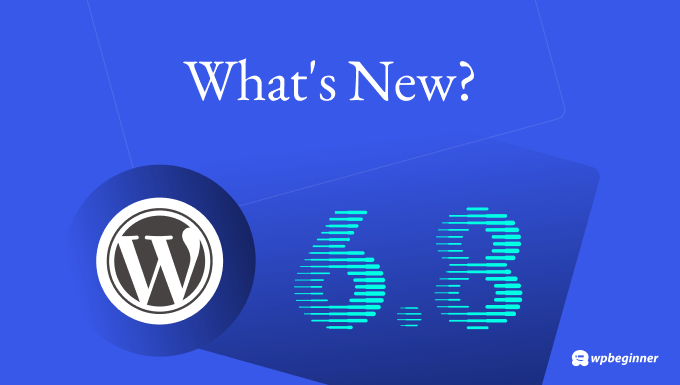Businesses depend on smooth operations to sustain productivity, customer confidence, and revenue growth. While disaster recovery (DR) is a well-established practice, proactive disaster avoidance planning is rapidly becoming essential. For VMware Cloud Service Providers (VCSPs), offering disaster avoidance solutions is a significant opportunity to help organizations maintain uptime and resilience in an increasingly unpredictable and complex IT landscape.
What is Disaster Recovery?
Disaster Recovery (DR) involves restoring IT systems, data, and operations after disruptions like cyberattacks, natural disasters, or hardware failures. It includes strategies, technologies, and policies to ensure business continuity and minimize downtime.
Typical DR solutions often involve data backups, DR site failover mechanisms, and cloud-based recovery options to quickly restore critical services. Businesses implement disaster recovery plans to prepare for potential disruptions and maintain operational resilience.
This blog will explore the importance of disaster recovery, strategies to prevent potential disruptions, and how VCSP partners can use the DRaaS Go-To-Market kit to expand their service offerings. By utilizing this kit, providers can enhance their disaster recovery capabilities and deliver greater value to their customers.
Why Disaster Avoidance Matters?
Traditional disaster recovery strategies focus on restoring systems after an incident, which can lead to outages and data loss. However, with rising cyber threats, human errors, hardware failures, and natural disasters, preventing downtime is crucial for business continuity. Disaster avoidance planning uses proactive strategies, real-time replication, and failover mechanisms to minimize or eliminate disruptions.
What service does VMware Cloud Foundation have to offer for Disaster Recovery?
VMware Live Recovery (VLR) enhances VMware Cloud Foundation’s capabilities by providing comprehensive data resiliency and seamless site protection. It ensures business continuity by minimizing downtime, enabling rapid recovery from unexpected failures, and offering efficient failover mechanisms.
With advanced automation and integration across VCF environments, organizations can achieve high availability, streamlined disaster recovery operations, and simplified management of protected workloads.
VMware Live Recovery enables businesses to sustain operational continuity, minimize data loss, and maintain uninterrupted service availability during infrastructure disruptions.
Some of the Risks of Unplanned Downtime
- Financial Loss: Unplanned downtime can cost businesses thousands to millions of dollars per hour.
- Reputation Damage: Customers expect always-on services. Downtime can ruin trust and push them toward competitors.
- Compliance Violations: Many businesses must adhere to strict regulatory standards to ensure data availability and security. Downtime can lead to substantial fines and legal repercussions. Service providers must demonstrate compliance with industry-specific regulations based on the sectors they serve. For instance, the Digital Operational Resilience Act (DORA) reinforces digital resilience within the financial sector, requiring robust operational and security measures.
- Operational Disruptions: Critical workflows and business processes suffer, leading to productivity loss and missed deadlines.
Key Components of Disaster Avoidance Planning
When developing a Disaster Avoidance strategy, several factors must be considered. This diagram illustrates some of the most critical aspects.
- Utilize VMware’s advanced replication technologies to ensure real-time data synchronization between primary and secondary sites, guaranteeing minimal data loss and near-instant failover capabilities.
- Leverage VMware Live Recovery (VLR) to automate failover processes during outages, ensuring business operations continue with minimal intervention.
- Enhance business continuity by integrating failover solutions, allowing workloads to shift seamlessly between on-premises and Service Provider’s cloud environments when necessary.
- Regularly test disaster avoidance strategies through non-disruptive simulations using VLR to validate that systems can switch over seamlessly without affecting live environments.
- Leverage AI-driven analytics and monitoring tools using VCF Operations to detect potential failures before they cause disruptions. Proactive alerts enable IT teams to mitigate risks before they escalate.





